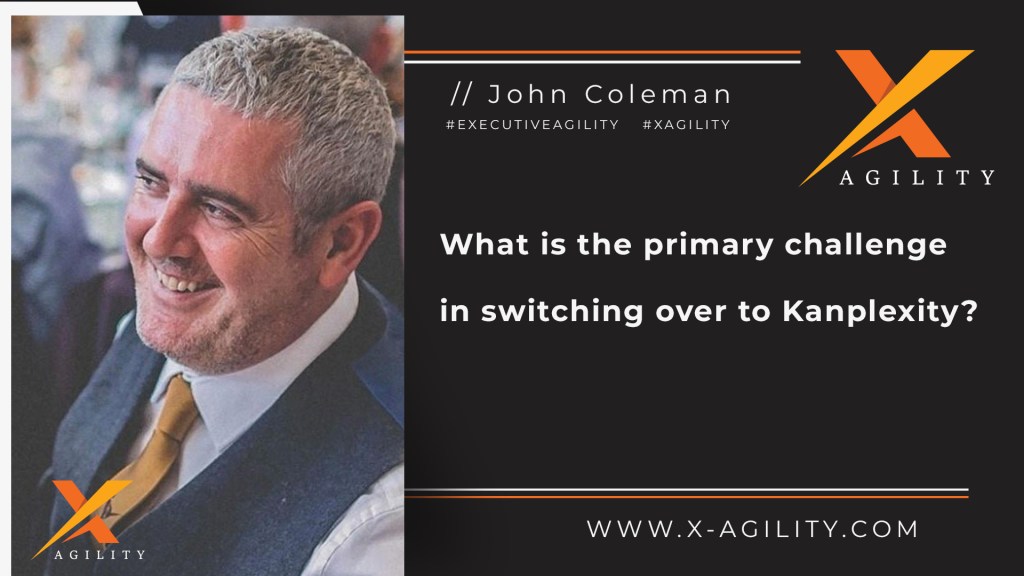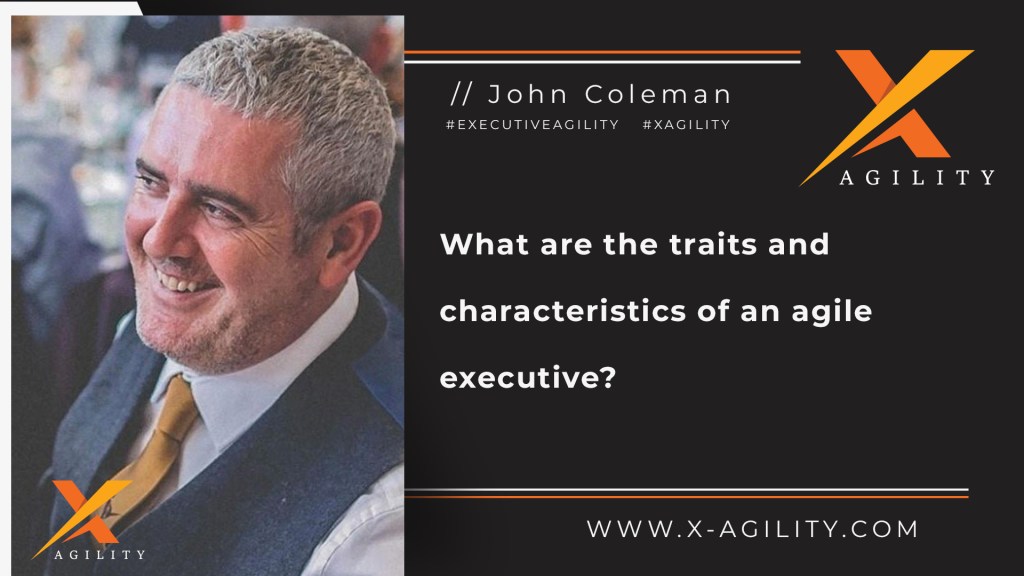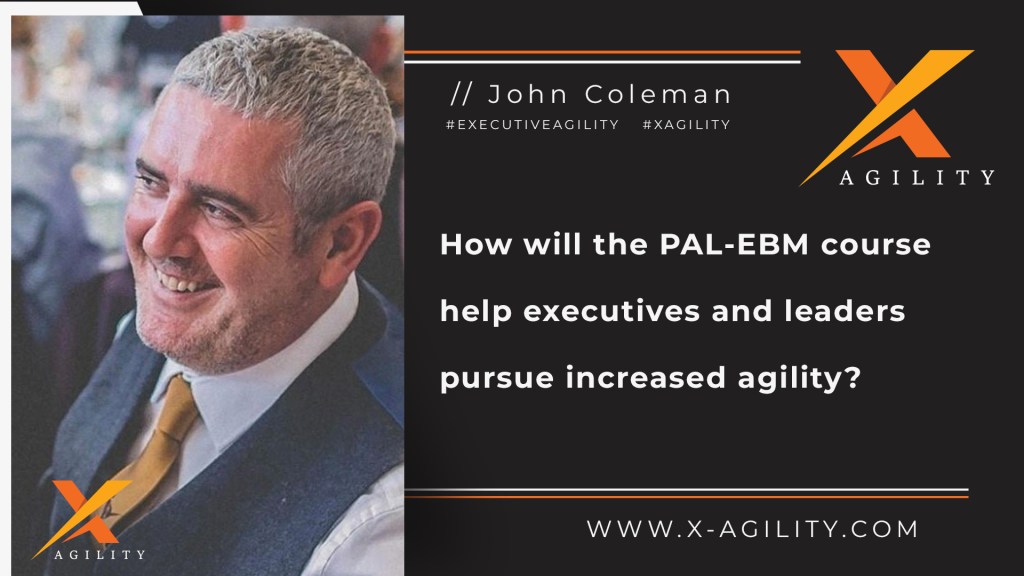Agile frameworks and awareness around these approaches to Agile.
As an executive or member of the agile leadership team, you’re often inundated with people coming to you with new ideas, ways to improve, and recommendations for increased agility.
You may have experts or team members approaching you with proposals of how agile could be adopted within the organization and how best that implementation could be nurtured and fostered.
In some cases, there’s a playbook to support the implementation or a team has been recommended to roll the solution out, yet it is still confusing and nearly impossible to understand whether this approach is the best approach given the context and unique application of the agile adoption.
In our industry, there could easily be 30 or 40 different ways to adopt agile or implement an agile framework, and so how do you narrow that down? How do you weigh up the pros and cons of maybe 2 or 3 agile frameworks and approaches that best work for your organization?
In my experience, once you have a deep knowledge of the context and environment, there are maybe 2 or 3 approaches and frameworks that may work for you, so how do you make that call if the people making those recommendations don’t have a deep understanding of your context and organization?
Achieving authentic agility
I talk a lot about achieving authentic agility within your organization if it is to be successful and sustainable.
Authentic agility really matters if:
- You want the process and adoption to be sustainable.
- You want the adoption to succeed long after you have moved onto your next role.
Legacy matters, and if you adopt an authentic path to agility, the organization will continue to thrive and evolve long after you have left.
I am critical of a number of agile frameworks and off-the-shelf agile solutions. In my opinion, they are trying to sell agility in a box and in my experience, this often results in failure.
As stated in my video ‘Inauthenic Agile Frameworks. Authentic People.’, I do have a lot of respect for trusted and experienced agile practitioners and coaches who roll some of these off-the-shelf solutions out, but I don’t agree with following a blueprint even when you know it isn’t going to be a great fit for the organization.
I do have a responsibility to educate and empower myself in the agile frameworks I am critical of, because I owe it to myself and my clients to be aware of the pitfalls and tripwires present in these off-the-shelf approaches.
Agility is about transparency, inspection, and adaptation, and whilst I may not be a fan of multiple approaches in our industry, I am aware that they are improving with each adoption, and it may simply be a matter of time before that specific framework or approach proves itself to be a great option for a specific context or application.
And as such, I do invest a great deal of time and effort following progress in the industry and connecting with agile practitioners that I respect to understand where they are winning and what impediments are blocking progress or causing failure.
That’s my job and I am passionate about what I do.
But, what about you?
As an executive or leader within the organization, you simply don’t have the time to know which frameworks work best for a specific context nor can you spend hours working through industry case studies to understand where ground is being gained and organizations are able to crawl, if not walk or run just yet, in their journey to business agility.
I would advise you not to move too quickly when presented with an off-the-shelf solution that explains everything neatly in a simple diagram.
In my experience, these types of adoptions tend to fail more often than not, and they tend to cost a great deal of money, time and effort before they collapse.
I would advise you to make sure that the people who are consulting and advising on your agile adoption to have a deep understanding of your context and the unique application of product development within your organization.
I would advise you to seek an authentic approach to agility that empowers you, your leadership teams, and your organization to evolve into an ever-increasing, Agile organization that regularly inspects and adapts through its path to increased business agility.
About John Coleman
John Coleman has deep experience and expertise working with executives, #leadership teams and product development teams to achieve increased #businessagility and create environments where creativity and collaboration produce high-performance teams.
If you are interested in helping your team or organization achieve greater agility and want to explore agile training options, visit our training page.
If you value coaching and would like to work with a deeply experienced agile and executive coaching specialist, visit our coaching page.
If you are looking for an expert agile consultant that can help your leadership team identify an appropriate roadmap to business agility and take the most effective course of action in your agile transformation, visit our consulting page.
#agile #leadership #agileleadership #certifiedagileleadership #professionalagileleadership #psm #psm2 #scrum #scrumorg #xagility #executiveagility #xagility





